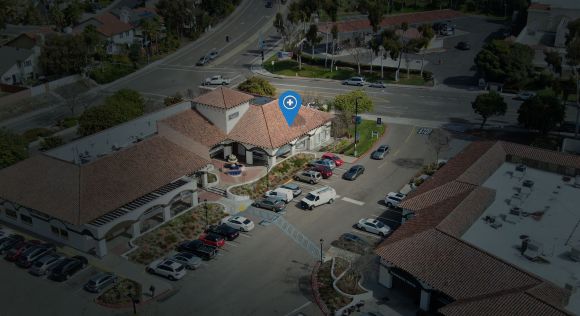Talent is a foundational element in the success of any economic development strategy. Unless your community attracts and retains the talent that local employers need, it doesn’t matter how many businesses you recruit.
However, with remote working on the rise and an aging population, attracting and retaining talent in your community presents new challenges and opportunities. There are fewer workers available and large sections of the workforce can now work from anywhere. That makes it increasingly important to make your community an appealing place to live.
But how do you do this?
Recently, Buxton hosted a webinar with experts from the Office of Economic Vitality of Tallahassee-Leon County in Florida, and Albuquerque Economic Development to discuss what’s worked for economic developers in their communities. Here’s what they shared.
Best Practice #1: Focus on Education
Education plays a huge role when it comes to attracting and retaining talent. This includes supporting both the education and development of the workforce itself, and the schools that residents and their children attend. Promoting your community’s public and private K-12 schools, universities, community colleges, and trade schools by telling their success stories is a great way to attract talent to your area and keep them there.
Working with students and young professionals attending your community’s higher-level institutions is another great opportunity. Partner with their schools and have the students research worker attraction and retention. Because they’re younger, the students will mostly likely focus on strategies that would appeal to those earlier in their careers. Another option is to simply ask what would make students want to stay post-graduation.
Another education-related tactic is upskilling workers by creating programs to train people for the jobs that already exist in your community. For example, if your area is a big manufacturing hub, ensuring there are ways for residents to learn the skills needed to work at plants or other workshops is vitally important.
Talk to local businesses about their talent needs and start brainstorming programs that could help fill those needs.
Best Practice #2: Address Quality of Life Through Placemaking
If people can work from anywhere, then making your community feel like a community is a good strategy to draw people in. This means creating public spaces for people to go, ideally near local businesses and other attractions.
Big-ticket items like downtown revitalizations or entertainment venues that can host sporting events or concerts often spur more economic growth nearby—hotels, restaurants, shops, you name it. These businesses all want to be where the people are and create a more vibrant community.
But there are also smaller-scale projects communities can build to increase the quality of life for their residents and future residents. Things like parks, trails, splash pads, amphitheaters, and even just well-placed benches can all make an area more appealing to newcomers.
Best Practice #3: Invite Others to the Table
Economic development entities aren’t the only organization with a role in talent attraction and retention. Talk to tourism organizations about promoting your area’s attractions. Meet with neighboring towns and communities to discuss creating a comprehensive talent pipeline with area schools, trade schools, and universities. Use remote conferencing tools to get more stakeholders and interested parties involved—strategic buy-in from your community, partners, and collaborators goes a long way.
Best Practice #4: Use Data to Support Recommendations
If you want to mobilize people and lend credibility to the projects you are pitching, then support your recommendations with as much data as you can. Show workforce education metrics to illustrate the need for new educational programs. Present consumer lifestyle metrics to attract new retailers and restaurants that enhance quality of life. Data can be an important tool to help your community reach its goals.
The Bottom Line
Economic development organizations have a huge opportunity to help attract and retain talent in their communities. From upskilling programs to amenities that boost quality of life, economic developers can address this fundamental issue in a variety of creative ways.
Interested in learning more about the ways data can help your economic development team? Check out our public sector platform.


